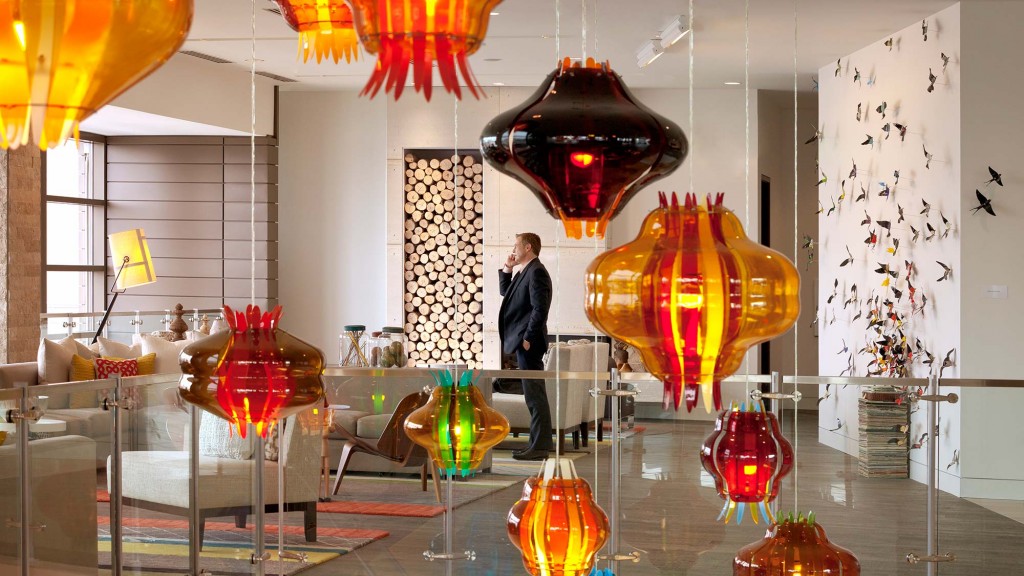Is the hospitality industry aligned with consumer needs?
Trends & Their Impact on Hospitality Design
What We Did
We partnered with research firm DYG to interpret the results of hundreds of focus groups and a 4,000-person survey, conducted in 2008 to examine the effects of consumer values, behaviors, and expectations on the hospitality industry. Survey respondents were a statistically representative, random sample of US adults from all income levels and age groups. Our goal was to understand and document shifting consumer values, and speculate on their potential impact on hotel strategy and design.
The Context
A collective shift in consumer values and behavior began several years ago, when authenticity, sustainability, and simplicity started to emerge as new drivers of consumer demand. The hospitality industry has already started to address these initial trends. The economic downturn fueled a new awareness of these issues and accelerated the shifts in consumer values and behavior even further—strengthening a focus on simplicity, restraint, technology, family, well-being, and value. The industry must address these shifts.
The Results
Many hospitality clients and properties have already begun to address the conscientious consumer’s demands for value. Armed with new research, the industry now has the opportunity to deliver by meeting further consumer demands that hotels offer simplicity, restraint, family-friendliness, intuitive technology, and an overall sense of well-being.
Top-line findings suggest that an overabundance of choice and lack of control in people’s everyday lives are driving a need for simplicity. The majority of consumers are excited about technology, but 3 in 10 also see the added stress and complexity it can bring. Family is ingrained in how people see themselves and ingrained in consumers’ definitions of success, and fitness is also increasingly top-of-mind.
What This Means
Ease of use: The consumer’s desire for simplicity emphasizes ease of use. This requires logical planning of spaces, circulation, and adjacencies; and simple, easy-to-understand design.
Restraint: Understated elegance is the aesthetic expression that consumers are seeking. Over-the-top and extravagant spaces are largely out of sync with consumer values.
Simple Tech: A previous desire to incorporate as much technology as possible into guest services has shifted toward the implementation of smart, straightforward technology.
Family: Consumers are focusing more and more on the well-being of their extended family. They also seek spaces designed for multigenerational uses, including kid-friendly spaces.
Well-being: As consumers look for well-being more than pampering, access to fitness facilities, wellness treatments, and healthy food and beverages are now considered a must-have by hotel guests.
Value: Consumers are more savvy than ever to the choices they have, and they’re more willing to do their homework in search of the best deal.
What’s Next?
We continue to explore the issues uncovered in this research. Trends around authenticity and health/wellness continue to drive consumer demand, and as hotels seek to create individual, differentiated experiences, we see a growing importance for local, contextual design and expression.
Learn More
Team
Ed Grun, Tom Ito, Brett Blumenthal, Virginia Sertich, DYG (research consultant)
Year Completed
2009
Comments or ideas for further questions we should investigate?
